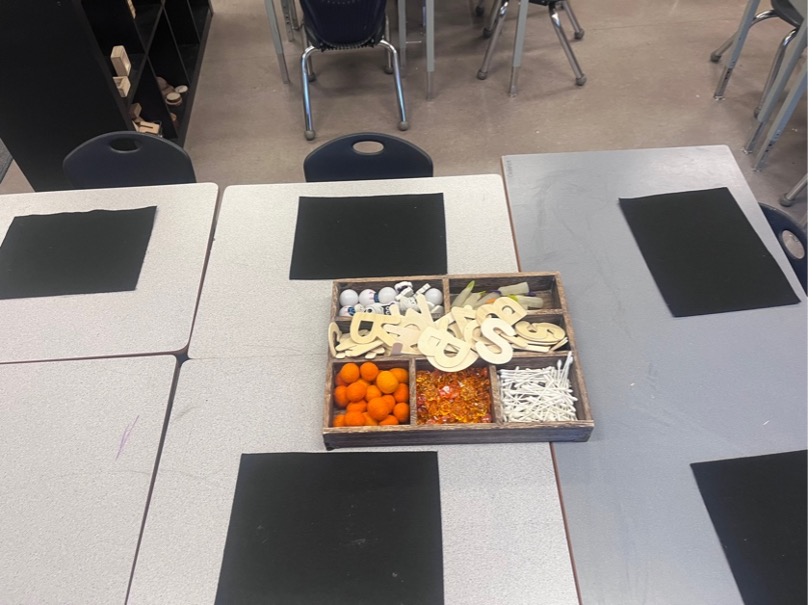In our technology and innovation class, guest speaker Brittany Johnson shared valuable classroom management strategies designed to support student engagement and emotional well-being. Below is an overview of some key strategies she discussed:
SEL Check-ins
Brittany emphasized the importance of social-emotional learning (SEL) check-ins to understand students’ feelings each day. One example involved using characters and emotions from the movie Inside Out paired with a check-in sheet that reads: “I feel [blank] because [blank], and people around me can help by [blank].” There is also a tick box for students to indicate if they want to speak to their teacher about their feelings. This creative approach provides a fun and meaningful way for students to express their emotions, fostering better understanding and support from teachers. Reflecting on this, I feel that such a tool could have made a big difference during my childhood, offering a way for my emotions to be recognized and supported.

Soft Starts and Transitions
Soft starts and thoughtful transitions help ease students into new activities. For example, during my Grade 1 practicum, my teacher uses calm music, fidget toys, building blocks, reading time, and drawing in the mornings to gently transition students into their day. This practice reduces anxiety and helps students settle in, creating a positive learning environment.

Routines and Expectations
Brittany highlighted that children often thrive on routine and structure. Clear expectations can reduce anxiety and help students feel more secure. In my practicum, my teacher uses a visual schedule with laminated circles, each representing an activity. As the day progresses, a clothespin moves to the next circle, visually showing students what to expect. This simple yet effective approach gives students a clear picture of their day.

Inquiry and Strength Based Approach
Brittany sets classroom goals focused on students’ interests, strengths, and areas for growth. Recognizing that every class is different, this approach ensures students remain engaged, challenged, and motivated by what truly interests and inspires them.
Co-Creating and Collaboration
Involving students in co-creating classroom rules, decorations, learning materials, and rubrics helps them feel a sense of ownership and engagement. When students have a voice in their environment, they are more invested and engaged, fostering a stronger sense of belonging and collaboration.
Digital Literacy Framework
Finally, Brittany emphasized how technology can be a powerful tool to help students engage and take ownership of their learning. Using the Universal Design for Learning (UDL) framework, technology can enhance engagement, representation, and action/expression, impacting different parts of the brain. By leveraging technology, we can support a diverse range of learning styles and needs.
